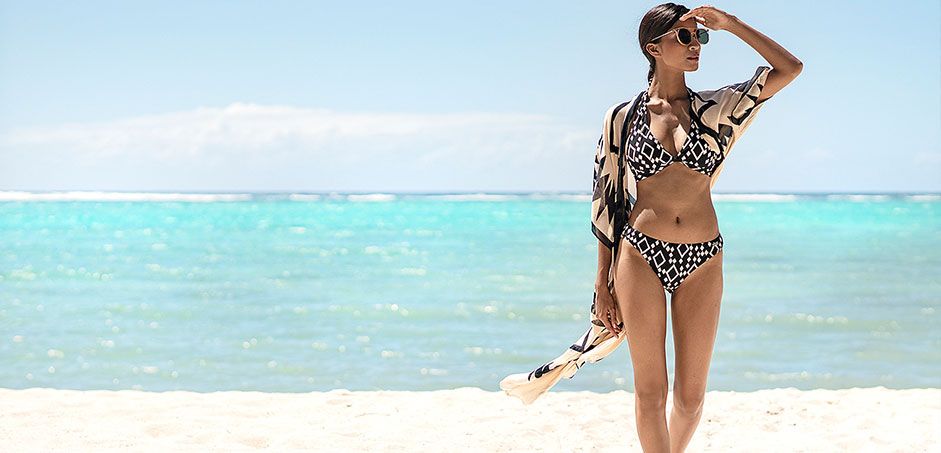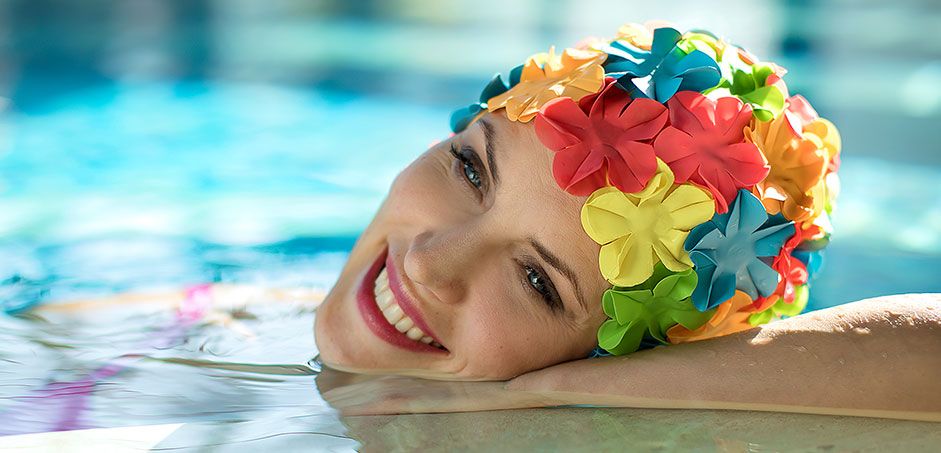- Product World
- Company
- Service
- Legal
Tips & tricks
On this page you will find tips and tricks for using our products for water activities. Also we listed tips for the right care as well as some of the frequently asked questions.
Should you have any further questions, please feel free to contact us.
contact us
Our Care Tips

SWIMWEAR
Chlorine, salt water, direct sunlight, sunscreen products and body oils can damage your swimwear. We want to give you a piece of advice on the right care in order for you to enjoy your new swimwear longer:- After bathing or swimming in a pool or in sea water rinse your garment in cold water
- Hand wash in warm water with a mild detergent
- To dry do not hang near radiators, open fire or in direct sunlight
- Do not iron
- Do not dry-clean
- Fold when dry and store dry only
- Avoid any contact with rough surfaces in pool such as concrete, wood etc.
- Damage caused by improper handling is excluded from warranty claims
POOL & BEACH SHOES
If you want to enjoy your pool & beach shoes for a long time, clean them correctly.
The shoes should be cleaned after each wearing thoroughly. It is best to simply rinse them with very hot water.
If you want, you can also use an aqueous soap solution.
You can furthermore spray your shoes with a standard disinfectant or rinse them with some diluted vinegar.
After that store your shoes in a dry place.
Do not use industrial solvent-containing cleaning agents or chlorine cleaners as they can damage the shoe material and / or prints on it.


BATH / SWIM CAPS
After wearing, the cap must be washed or rinsed.
If you do not use the cap over a long time period, rinse it’s in- and outside with clear water. It prevents the cap from becoming increasingly unclean (for instance when you use it in salt water) and it also removes aggressive chlorine so that it cannot damage the cap anymore.
General Questions & Tips

WHAT IS LYCRA?
Lycra is a highly elastic synthetic fibre relating to elastane. Lycra is added in small quantities (between 18 and 25 %) to the main fibre, such as polyamide. Lycra (elastane) gives the fibre longitudinal elasticity.
It is for instance contained in underwear and pantyhose, work- and leisurewear, swim- and sportswear. Lycra is though also a synonym for polyamide / elastane fabrics in swimwear and fitness area.
In its textiles Fashy for a good reason uses somewhat more expensive mixed materials made from polyamide / elastane fibres (such as Lycra, elastane or Spandex), because they:
- enable a perfect fit due to their high elasticity
- have the best care properties (the garment has to only be simply pulled into shape after washing)
- ensure good wearing comfort


